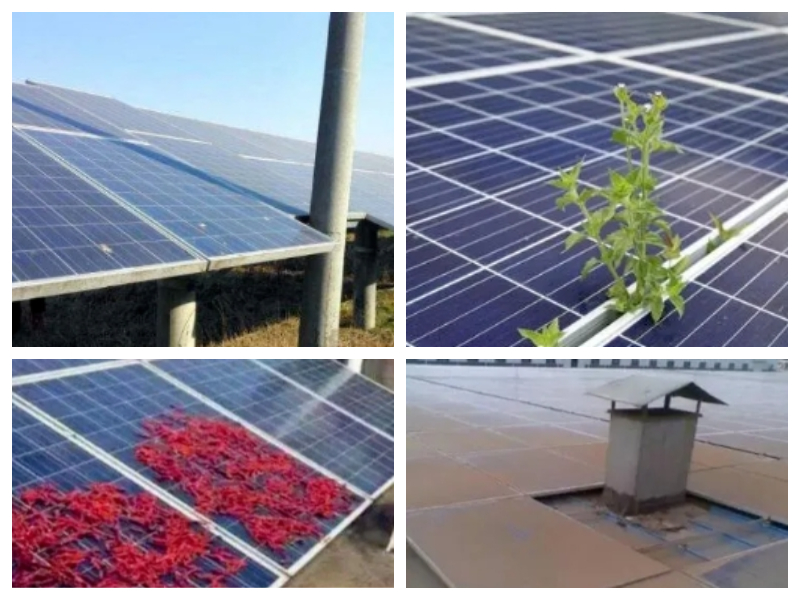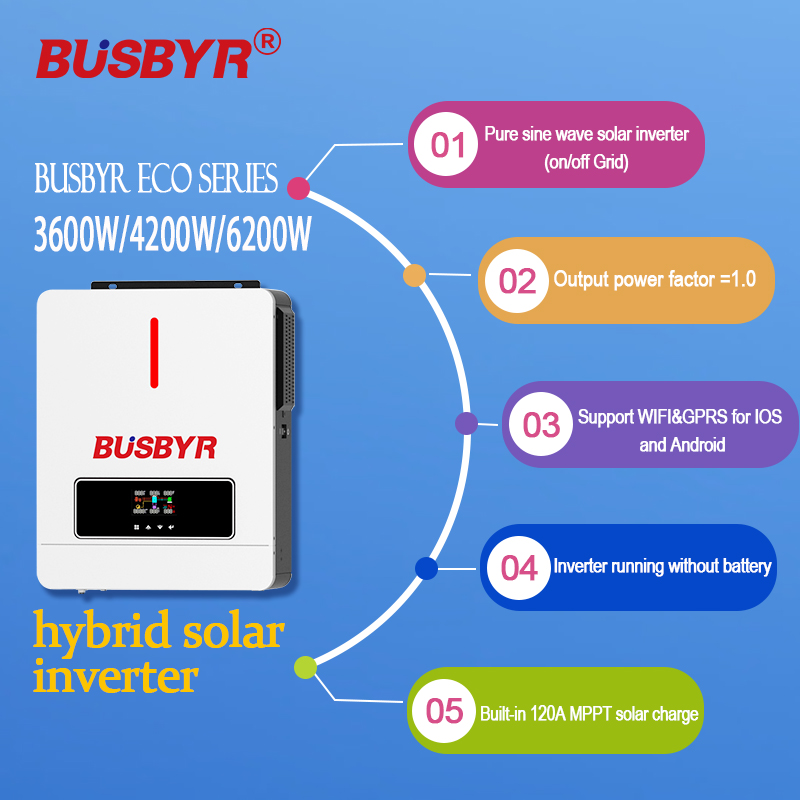News
Solar energy has gained immense popularity as a clean and sustainable power source, but it's not without its challenges. One significant issue that often goes underestimated is the impact of shading on solar panels. While it might seem insignificant, shading can have a profound effect on a solar power system's efficiency, potentially leading to substantial energy losses. In this article, we will delve into the causes of shading, its harmful consequences, and effective solutions to ensure your solar panels operate at peak performance.
Causes of Shading:
Shading on solar panels can occur due to various reasons, and it's essential to identify these sources to mitigate their effects. Some common causes of shading include:
Electrical Wires and Railings: Overhead electrical wires or nearby railings can cast shadows on solar panels, reducing their exposure to sunlight.
Fixed Structures: Buildings, chimneys, or other permanent structures can create shadows, affecting solar panel efficiency.
Vegetation: Trees, shrubs, and other plant life near solar panels can cast shadows as they sway in the wind or grow, significantly impacting energy production.
Bird Droppings and Dust: Accumulated bird droppings and dust on panels can form shadows and reduce the amount of sunlight reaching the solar cells.
Drying crops on photovoltaic panels: Drying items such as peppers or sweet potatoes on a solar panel will block sunlight, causing shading problems., leading to shading issues.

The Harmful Effects of Shading:
Shading is more than just an inconvenience; it can substantially reduce the energy output of a solar power system. Even small areas of shading can lead to a notable decrease in power generation, often as much as 20-30%. One of the most concerning effects of shading is the creation of "hotspots." When specific solar cells are shaded, they can heat up, leading to damage or even failure, potentially necessitating the replacement of entire panels. This not only impacts the lifespan of the components but also results in financial losses for homeowners.to maximize the efficiency and longevity of your solar panel system, it's crucial to address shading issues. Here are some effective solutions:
Comprehensive Site Survey: Before installing solar panels, conduct a thorough site survey. Identify potential shading sources such as nearby high-voltage lines, railings, vegetation, or planned structures. Take into account the growth patterns of plants and consider pruning if necessary.
Regular Cleaning and Maintenance: Develop a regular maintenance routine for your solar power station. Clean panels regularly to remove dust, bird droppings, and fallen leaves, ensuring that the panels remain clean for optimal energy production.
Avoid Intentional Shading: Be cautious about adding features like fences or anti-bird measures that could unintentionally increase shading. Educate all users about proper practices to prevent shading, such as avoiding drying clothes or hanging objects on solar panels.
Selection of inverters with MPPT: To address shading issues effectively, utilizing an inverter with MPPT Technology can significantly enhance solar panel performance under partial shading conditions. MPPT enables individual optimization for each solar panel, ensuring maximum power generation even when some panels are shaded.
Shading is a crucial factor to consider when harnessing solar energy, as it can have a significant impact on the efficiency and longevity of your solar panel system. By understanding the causes of shading and implementing effective solutions, you can ensure that your solar panels operate at their full potential, maximizing your energy generation and return on investment. To mitigate shading issues effectively, consider using a Busbyr MPPT inverter, which can significantly improve your solar system's performance.



